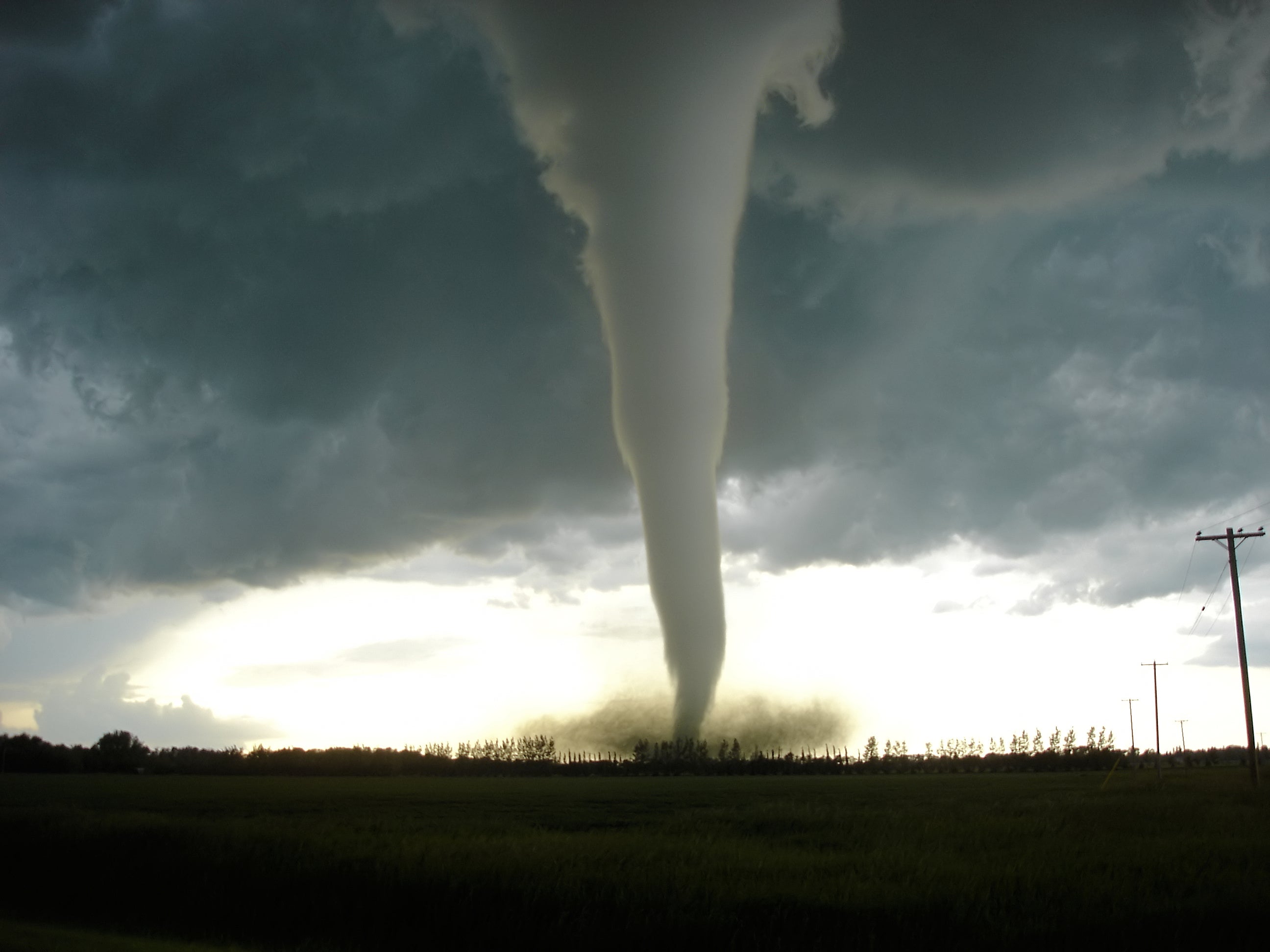The Independent's journalism is supported by our readers. When you purchase through links on our site, we may earn commission.
Skycraper-sized Great Walls of America 'could stop tornados', says physicist
Three barriers 300 metres tall and hundreds of kilometres long would be placed east to west in America's Tornado Valley

A physics professor from the US has put forward a plan to build three skyscraper-sized ‘Great Walls of America’ in order to stop tornados forming.
Professor Rongia Tao of Temple University says that the gigantic barriers would be up to 260 kilometres long, 50 metres thick, and 300 metres tall – the same height as the Shard in London.
Tao claims that the walls could be built from reinforced glass and would work by softening the clashing streams of hot southern and cold northern air that lead to the formation of twisters in Tornado Alley.
This north-south land corridor between the Rocky and Appalachian mountain ranges that covers parts of Texas, Oklahoma, Kansas, and Nebraska, suffers from a disproportionate amount of twister in the US – already the most tornado-struck country in the world.
“If we build three east-west great walls in the American Midwest, 300m high and 50m wide, one in North Dakota, one along the border between Kansas and Oklahoma to east, and the third one in the south Texas and Louisiana, we will diminish the tornado threats in the Tornado Alley forever,” writes professor Tao in a paper submitted to the American Physical Society.
Tao says that the project would cost roughly $60bn (£35bn) per hundred miles and points to geographic regions in China as proof that they would work. Like the US, Chinas has regions of flat plain valleys, but these are broken up by east-west mountain ranges and while the US had 803 tornados last year, China recorded just three.
"We may not have east-west mountain ranges - like the Alps in Europe - we can build walls,” Tao told BBC News. "I spoke to some architects and they said it's possible. It would take a few years to finish the walls but we could build them in stages."
"We've already been doing computer simulations and next we aim to build physical models for testing [in wind tunnels],” he said.
However, various experts from across the meteorological community have said that Tao’s plans are futile and that the conditions that create tornados are far more nuanced than simply clashing air streams.
"This is essentially a case of a physicist, who may be very good in his sub-discipline, talking about a subject about which he is abysmally ignorant," Harold Brooks of the National Severe Storms Laboratory told USA Today.
Brooks also pointed out that "If his hypothesis was true, we'd already have the thing he wants to build naturally,” noting that tornados still occur in parts of Oklahoma, Arkansas and Missouri despite the presence of east-west mountain ranges around the same size as Tao’s proposed walls.
Tornado expert Professor Joshua Wurman of the Center for Sever Weather Research told the BBC "everybody I know is of 100% agreement - this is a poorly conceived idea."
"From what I can gather his concept of how tornadoes form is fundamentally flawed. Meteorologists cringe when they hear about 'clashing hot and cold air'. It's a lot more complicated than that," said Wurman, who also suggested that while a barrier the size of the Alps (2,000-3,000,m high) would work such a project would also cause "a drastic change in climate" - making the cure worse than the disease.
Subscribe to Independent Premium to bookmark this article
Want to bookmark your favourite articles and stories to read or reference later? Start your Independent Premium subscription today.

Join our commenting forum
Join thought-provoking conversations, follow other Independent readers and see their replies